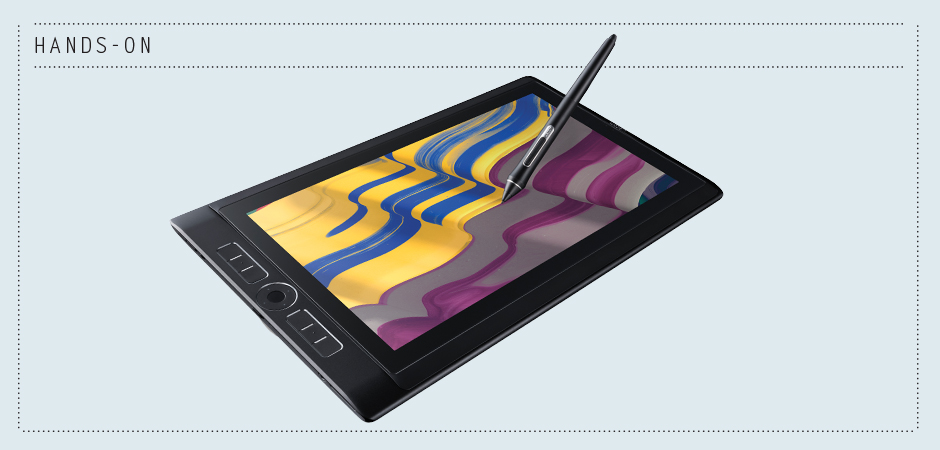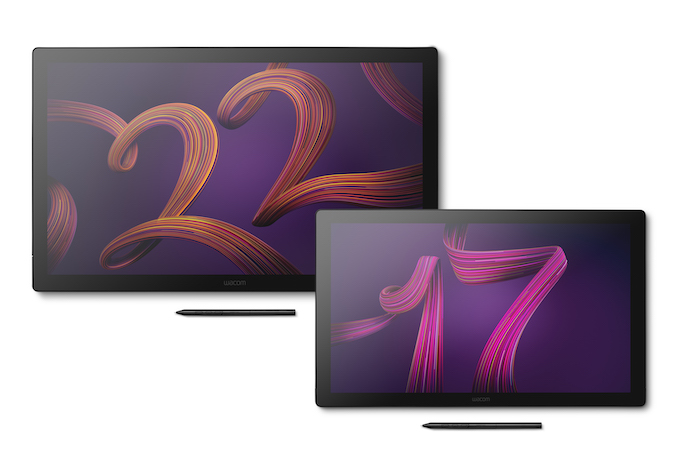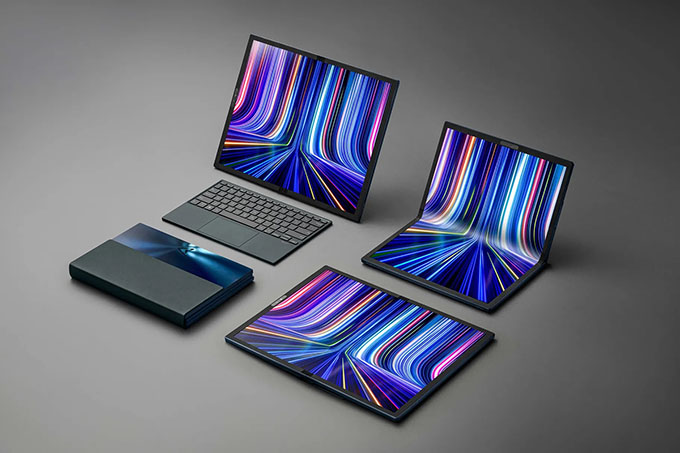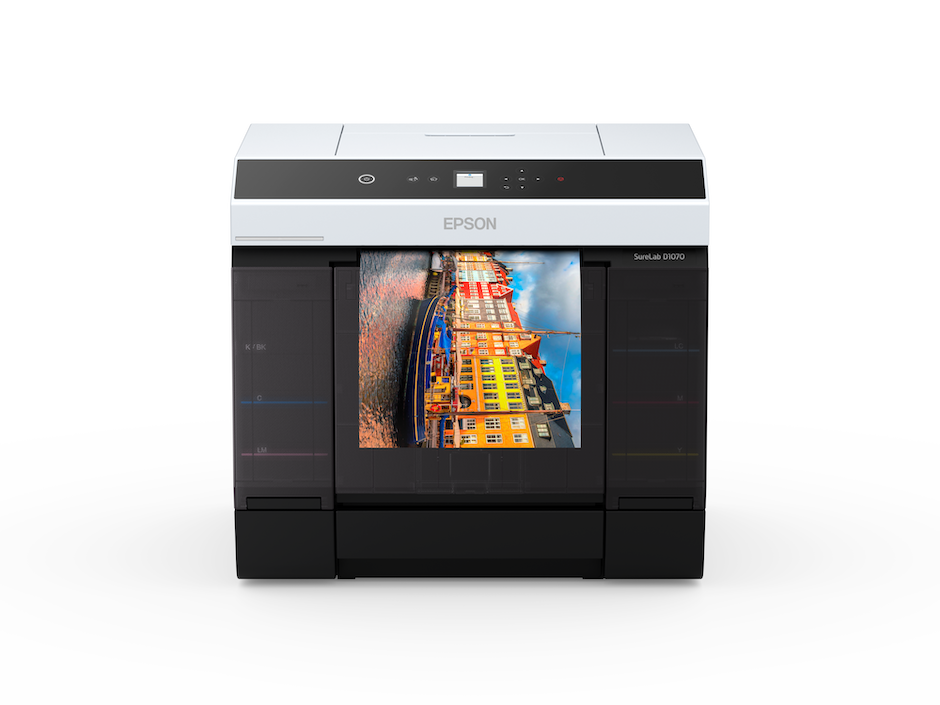Hardware
The latest hardware entry into the mobile-editing arena, Wacom’s new multi-touch MobileStudio Pro, provides a solid mobile platform for editing in the field or in the studio. Like Wacom’s Cintiq Companion 2, this tablet is Windows-based but now comes with Microsoft Windows 10 Pro installed with several other upgrades.
In addition to two, 3D-ready, 16-inch models (starting at $2,400) with 3840 x 2160 resolution displays, Wacom has released four 13-inch models. The latter is available with 64GB, 128GB, 258GB and 512GB SSD drives and priced from $1,500 to $2,500. All four feature a WQHD resolution (2560 x 1440) display as well as Wacom’s customizable Express Keys, Radial Menus and all the touch- and pressure-sensitive options you expect from Wacom’s pen computers. There’s also an SDXC card slot.
In the box you’ll find a new Wacom Pro Pen 2 with four times more pressure sensitivity than its predecessor, a pen case with three replacement nibs, a pen holder, an AC power adapter and power cable, a quick start guide and a cleaning cloth. We tested the 512GB version, which comes with 16GB of RAM, an Intel Core i7 processor and a built-in Intel 3D RealSense camera.
DESIGN
The MobileStudio Pro 13 is well built and weighs only 2.91 pounds, so it won’t add much weight to your gear bag, or your lap. Physically compact, the MobileStudio Pro measures 14.4 x 9 x 0.6 inches on the outside. Its 16:9 aspect ratio is perfect for video editing, and the 13.3-inch screen (measured diagonally) offers a more-than- sufficient active area of 11.6 x 6.5 inches. When working in Adobe Photoshop CC 2017, I found that there was enough room to maneuver without feeling cramped.
Designed for left- or right-handed use, the device is equipped with six customizable Express Keys as well as a Touch Ring and a host of custom controls. You can also define gestures or use the default Wacom or Microsoft options, and many of the controls can be set up for specific applications.
On one side of the pen computer you’ll find volume rockers, a small button to turn auto-rotate on or off, a power slider, headphone jack and an SDXC card slot that’s compatible with UHS-II. The other side is equipped with three USB-C ports and a Kensington security slot.
The rear has slots for an optional three-position stand, along with an 8MP camera (a 3D RealSense camera for the 512GB model). A 5MP camera is available on the front of the device.
What We Liked
In addition to the compact size and weight of the device, we found the unit to be very responsive. Whether we used gestures to zoom in and out of an image, the Express Keys or the Pro Pen 2, the MobileStudio Pro reacted quickly and accurately. The new Pro Pen 2 is four times more sensitive than its predecessor with 8,192 levels of pressure sensitivity for both pen tip and eraser. That’s currently more than any software supports, but Wacom has future-proofed this pen with its high sensitivity levels. Thanks to the matte-like screen having a little bit of tooth, the Pen has enough traction to make good contact and not slide across the screen. The screen itself is bright and clear, there’s no parallax and, overall, almost no lag time.
Battery life is also quite good. We clocked almost six hours of work on a single charge. The battery takes about two hours to recharge via one of the USB-C ports. An optional Wacom Link ($70) allows you to connect the MobileStudio Pro to a Mac or PC so you can use it as you would a standard Cintiq. And, best of all, the device is very, very quiet.
What We Didn’t Like
There’s not much I didn’t like about the MobileStudio Pro but as a PC-to-Mac convert, it was difficult to deal with Windows and it’s annoying update notifications that appeared while I was editing. Wacom doesn’t provide a stand with the MobileStudio Pro, so you’ll have to shell out an extra $100 for a model that only provides three angles.
To get the most out of the pen computer, you’ll need to spend time customizing all the controls, touch sensitivity and the pen. The latter may require some eye-hand coordination to get the touch just right if you’re used to a regular stylus, since the nib retracts slightly when pressure is applied.
How It Compares
The closest competitor to the MobileStudio Pro is probably Microsoft’s Surface Pro 4. The latter is less expensive—starting at around $900—but it’s smaller and less powerful than the Wacom. The Surface Pro 4 is also designed for a general audience that wants a small, portable computer rather than a device designed for creatives. Of course, the MobileStudio Pro can double as a computer, too, but with features like customizable Express Keys and availability in larger (and more powerful) models, its main audience is artists who need and want to focus on creative applications.
Bottom Line
If your budget is tight and you want the full power of Windows in a mobile device, the Surface Pro 4 may do. But if you’re going to concentrate on working in Adobe Photoshop or Lightroom, the Wacom MobileStudio Pro delivers on all counts. It’s a great piece of gear.
Theano Nikitas has been covering photography for over 20 years. Although she loves digital, she still has a darkroom and a fridge filled with film.
To read this article in the digital edition, click here.
CreativeLive Video Tutorial: How to Use a Wacom Tablet





